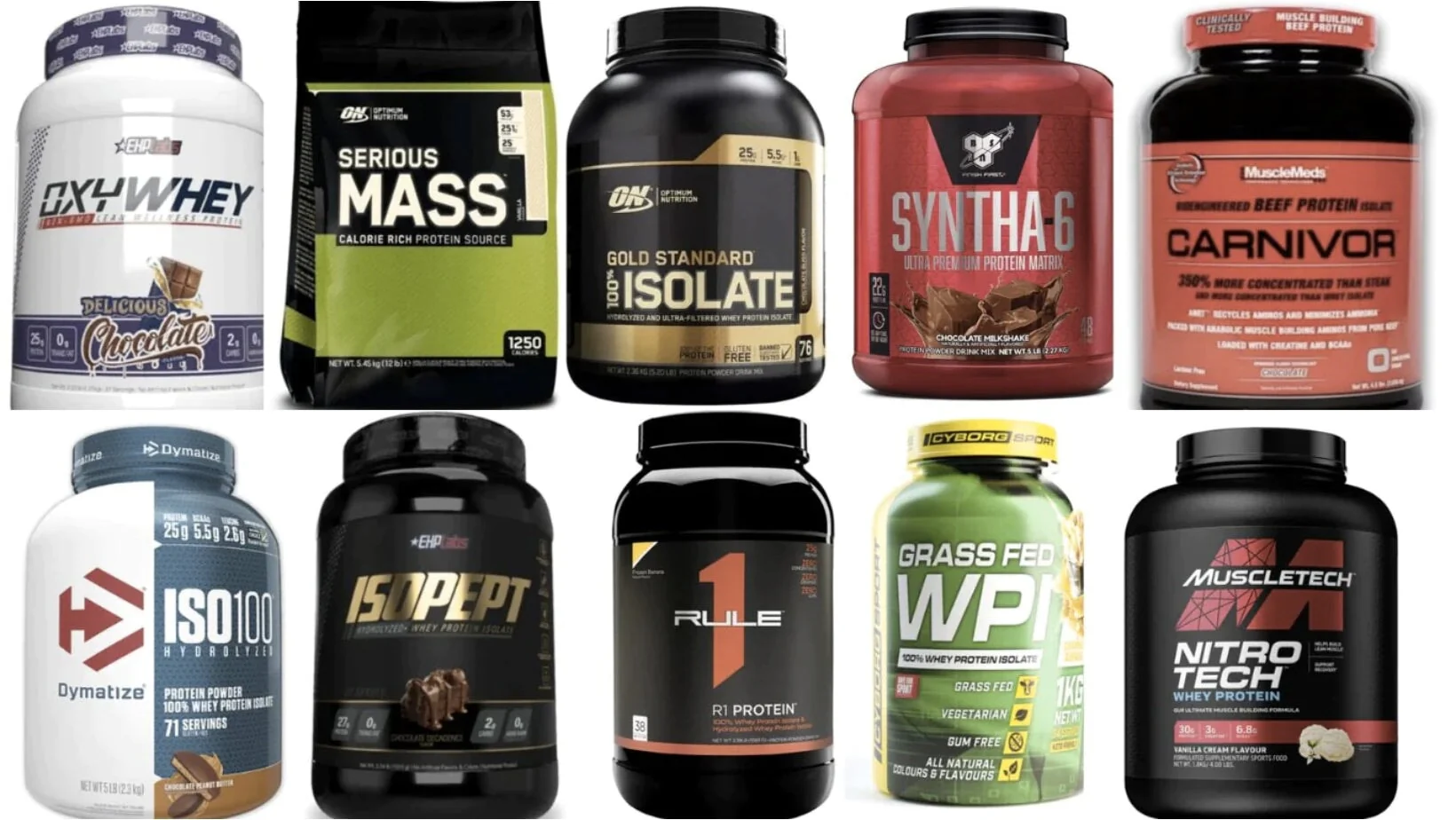Whey protein powder has become a go-to supplement for fitness enthusiasts, athletes, and those looking to boost their daily protein intake. Whether you’re aiming to build muscle, lose weight, or recover faster after workouts, whey protein powder is often seen as a convenient solution. However, there’s more to consider than just its muscle-building benefits—understanding whey protein powder calories is crucial, especially if you’re keeping an eye on your overall diet.
We’ll break down the hidden truth behind the calorie content of whey protein shakes and help you make informed decisions. Plus, if you’re looking to Buy Best Whey Protein Powder In USA, we’ll give you tips on what to look for!
What Are Whey Protein Powder Calories?
Whey protein powder calories come from a combination of protein, carbohydrates, and fat, though the primary macronutrient is protein. Depending on the brand, flavor, and added ingredients, the calorie count of a whey protein powder can vary.
A standard serving of plain whey protein powder (usually around 25-30 grams) typically contains:
- 120-150 calories
- 20-25 grams of protein
- 1-3 grams of carbohydrates
- 1-2 grams of fat
While these numbers seem low, hidden calories can sneak in when you start adding extra ingredients to your shake, such as milk, fruits, or nut butter. This can significantly increase the overall calorie content, making it important to monitor your intake if you’re trying to manage your weight.
The Importance of Watching Your Whey Protein Powder Calories
Even though whey protein powder is marketed as a healthy supplement, consuming more calories than you burn can still lead to weight gain. Here are some important things to keep in mind:
- Calories From Mixers: Many people mix whey protein with milk, which can add around 100-150 extra calories per cup. Using alternatives like almond milk or water can help reduce these additional calories.
- Added Ingredients in Flavored Powders: While plain whey protein powders typically contain fewer calories, flavored versions often have added sugars or sweeteners, increasing the calorie count.
- Meal Replacement vs. Supplement: Some people use whey protein as a meal replacement, which can be beneficial for weight loss. However, if you’re using it as a snack in addition to your meals, those extra calories can add up fast.
- Digestibility and Fullness: Whey protein is fast-digesting, which means it might not keep you full for very long. If you find yourself needing to snack shortly after a shake, that can lead to more caloric intake than expected.
Choosing the Right Whey Protein Powder
When you’re on the hunt to buy the best whey protein powder in the USA, you’ll want to consider more than just the protein content. Here’s a quick checklist of what to look for:
- Calorie Content: Opt for powders with fewer than 150 calories per serving if you’re trying to manage your intake.
- Minimal Ingredients: Choose products with fewer added sugars, artificial flavors, or unnecessary fillers. Clean, simple ingredients are ideal.
- Protein Quality: Look for whey protein isolate over concentrate. Isolate contains less fat and carbohydrates, making it a better option for those watching their calorie intake.
- Brand Reputation: Choose trusted brands that have been tested for quality and purity. Read reviews and look for third-party certifications.
How to Use Whey Protein Powder Without Overloading on Calories
It’s easy to overconsume calories with whey protein if you’re not careful, but here are a few tips to help you stay on track:
- Mix With Water or Low-Calorie Beverages: While milk can add protein, it also adds calories. Water or almond milk is a lighter alternative.
- Be Cautious With Add-ins: Adding peanut butter, bananas, or oats can boost the calorie count quickly. Measure portions and be mindful of how much you’re adding.
- Track Your Macros: If you’re on a specific fitness plan, make sure to account for the calories and macronutrients from your whey protein powder in your daily totals.
- Use It As a Meal Replacement: If your goal is weight loss, consider using a whey protein shake as a meal replacement to keep your calorie intake in check.
Benefits of Whey Protein Powder Calories :
- Muscle Growth: Whey protein is rich in branched-chain amino acids (BCAAs), especially leucine, which plays a key role in muscle repair and growth after workouts.
- Weight Loss: Protein can increase feelings of fullness, helping to reduce hunger and calorie intake. This can aid in weight loss efforts when used as a meal replacement or snack.
- Quick Absorption: Whey is rapidly absorbed by the body, making it an ideal post-workout supplement to repair muscles quickly.
- Boosts Metabolism: Consuming protein can slightly increase your metabolism, helping you burn more calories throughout the day.
- Supports Immune Health: Whey protein contains immunoglobulins, which can help support the immune system.
- Convenient Protein Source: Whey provides a quick, convenient, and easy way to meet your daily protein needs, especially for people with busy schedules or dietary restrictions.
- Blood Sugar Control: Whey protein can help regulate blood sugar levels by slowing down the absorption of glucose, making it beneficial for people with diabetes or those at risk.




